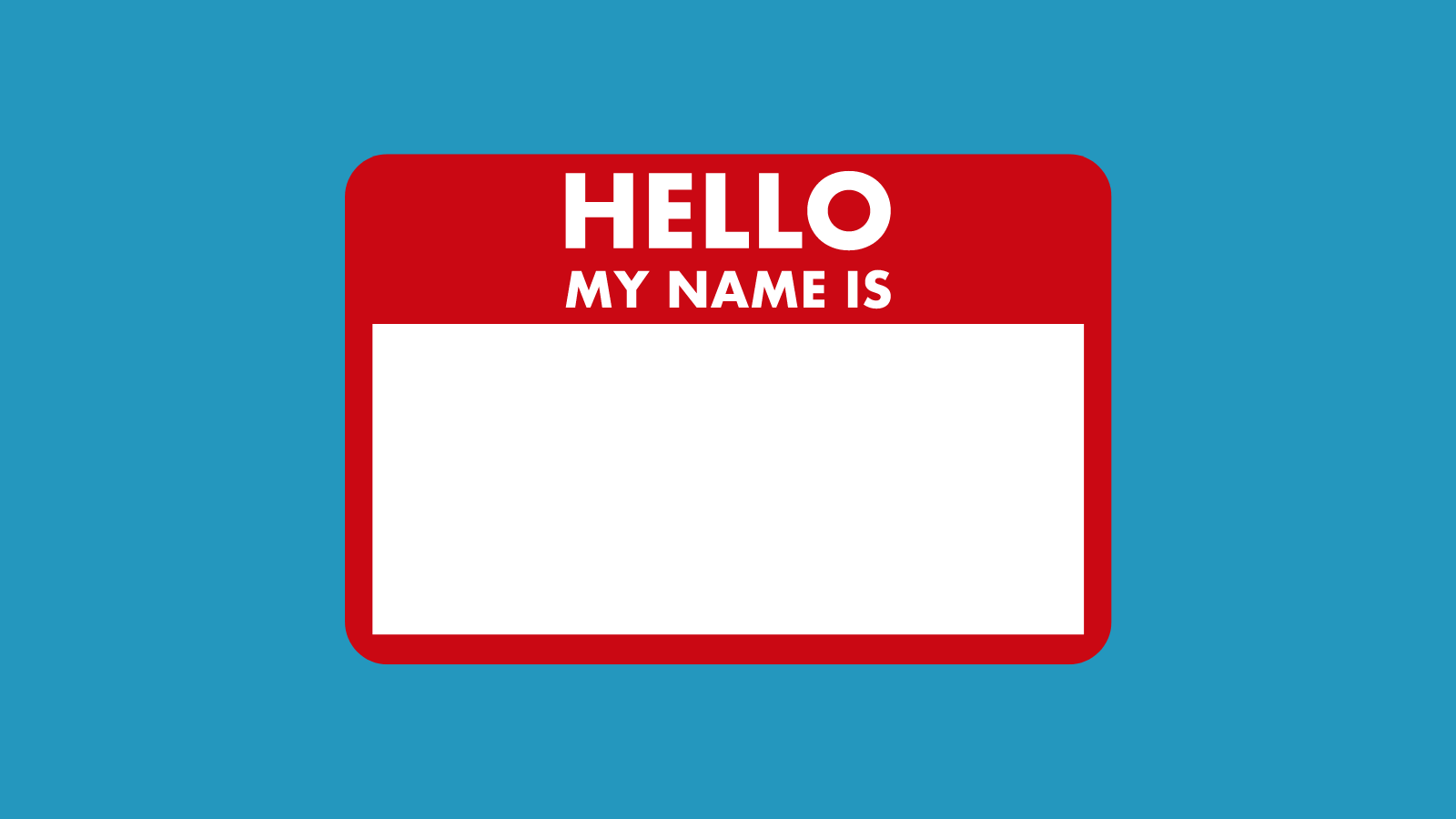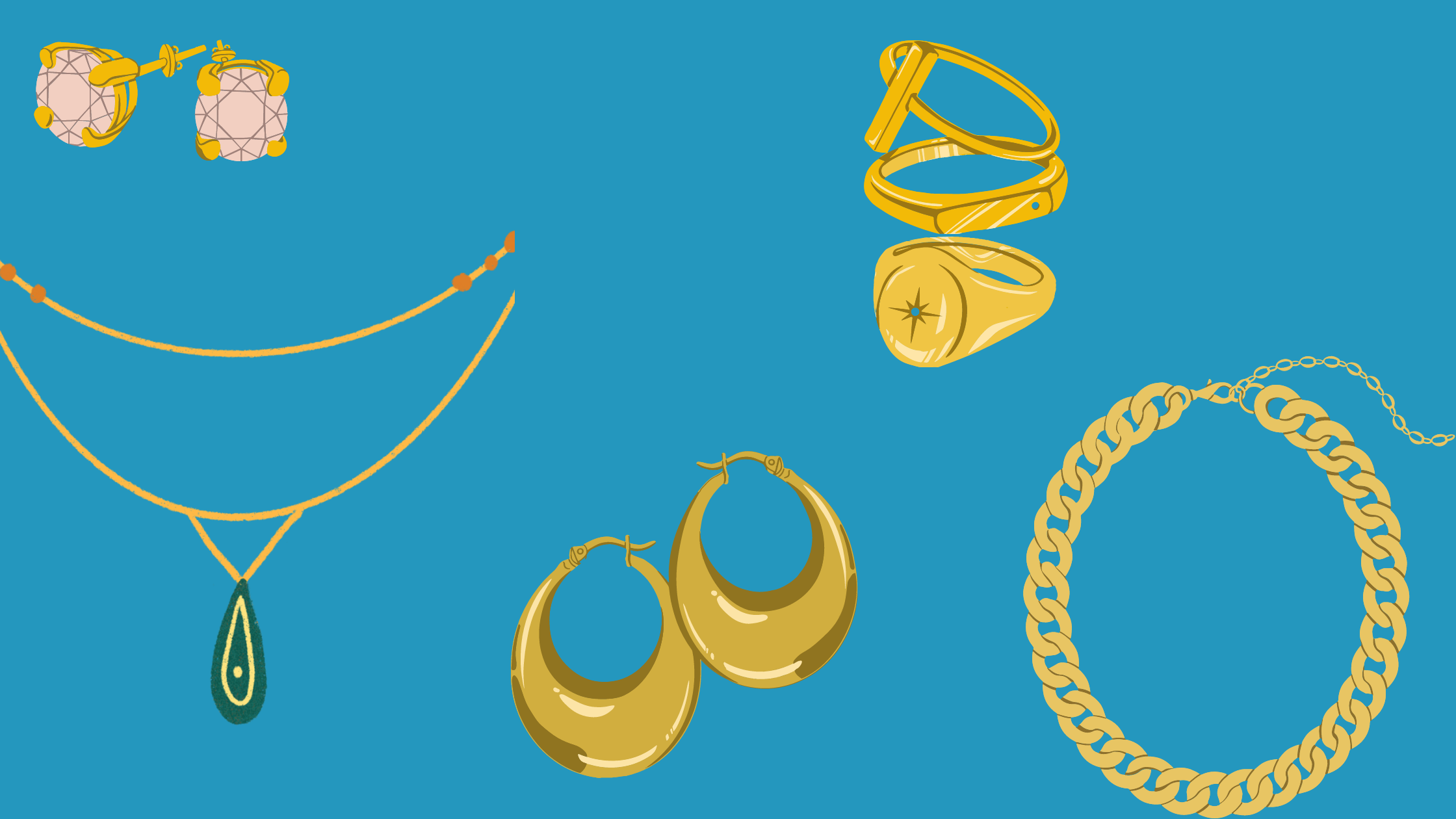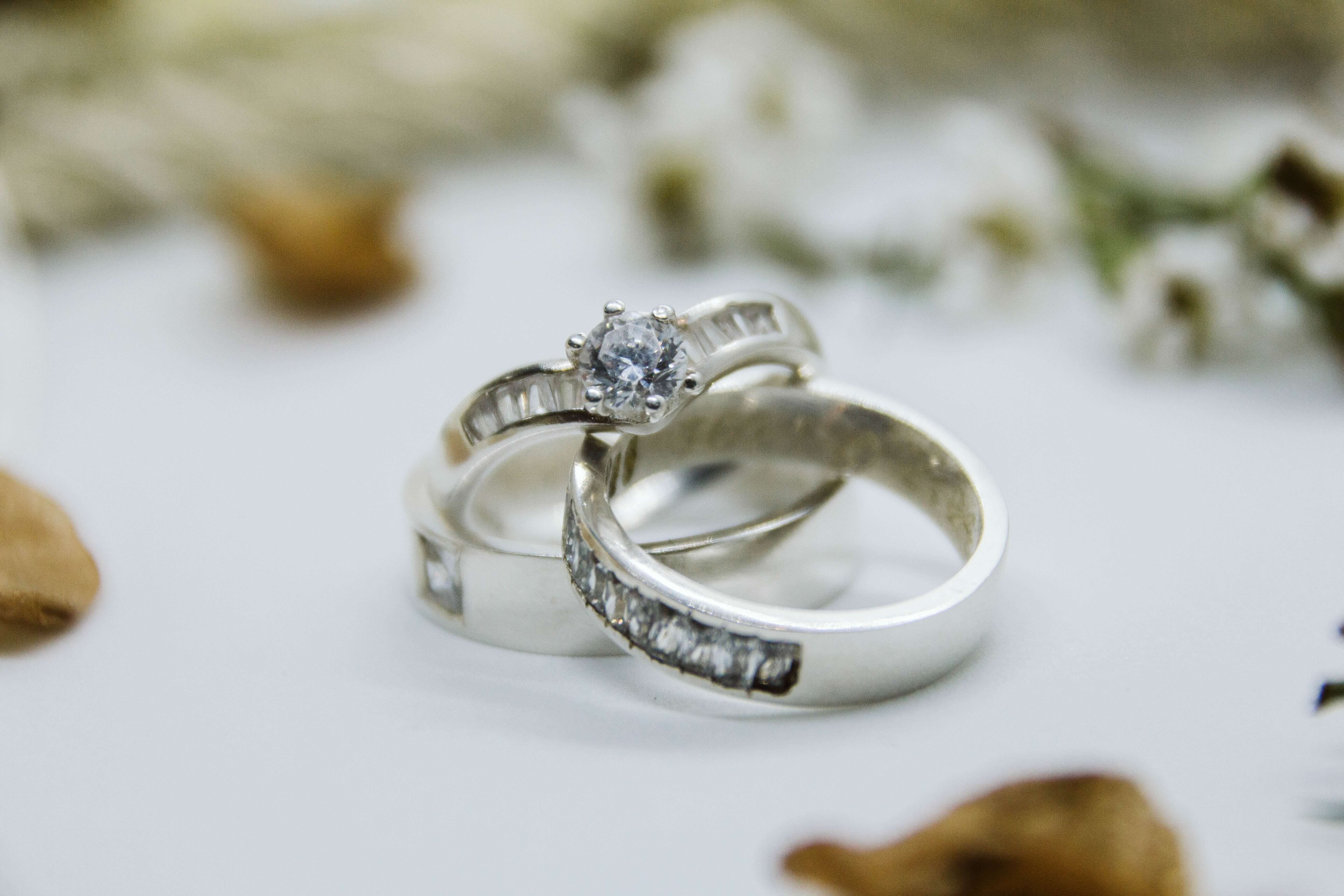If you’re interested in making your jewelry making hobby into a small business, follow this step by step guide to start selling jewelry online.
1. Find a Niche
You wouldn’t go to Claire’s for an engagement ring or to Jared for quirky statement earrings. All jewelry designers have a niche and a target audience. These are the main options for jewelry brand niches:
Fine Jewelry
- Made with precious and semi-precious metals and gemstones
- Higher price point
- Usually not mass produced
- For the luxury, wedding, or special occasion customer
Fashion Jewelry or Costume Jewelry
- Made of inexpensive or less expensive metals and materials
- Beads
- Wire
- Plated metal
- Plastic
- Synthetic gems
- etc.
- Lower price point
- Can be mass produced
- For the everyday customer
- Trendy
Other
- Made with mid-range materials
- Textile
- Metals
- Semi-precious gems
- Wood
- 3D printing
- Etc.
- Includes handmade jewelry and jewelry that is
- Collectible
- Made to order
- One of a kind
- Emphasis on uniqueness and design
- Price point varies
- Customer base includes
- Occasion
- Statement
- Design-savvy
- Collector
- Gift-giving customer
2. Scope Out Your Competition
The jewelry industry is pretty saturated. That means no matter how unique your product is, you definitely have competitors who make a similar type of jewelry to yours. These could be anyone from solo entrepreneurs on Etsy to big corporations. Regardless, knowing your competition is crucial to carving out your place in the landscape. You can gather information about your competitors by:
- Checking out their social media posts
- Signing up for their email list
- Subscribing to their YouTube channel
- Browsing through their products online or in-person
If most of your competitors are small business owners like you, you can even talk to them directly. Ask them questions like:
- What is your business model?
- What type of customers are you targeting?
- What strategies are successful for you?
From your findings, write down your competitors’ strengths and weaknesses. Then figure out what your jewelry business can offer that the others don’t.
3. Choose a Business Name
A name is the first step in effectively branding your jewelry company. However, choosing a brand name isn’t as easy as choosing something that sounds cool. Be sure to…
- Choose a name that is easy to spell and pronounce
- Check the availability of the domain name
- Check the trademark database for the name
- Google the name to see if anyone else is using it

4. Brand Your Business
Once you’ve established your products’ aesthetic, chosen a business name that resonates with your audience, and gotten to know your target audience, it should be easier to identify an overall look that will define your brand. This look will inform your packaging, logo design, website design, business cards, and more. A consistent brand identity can make the difference between a side hustle and a successful jewelry business.

5. Create Your Own Jewelry Business Plan
A business plan is not only good for keeping you on track towards your goals. It’s also an important piece of getting funding for your business. A business plan usually includes:
An executive summary
- Business name
- Location
- Products and services
- Mission statement
- The purpose of the plan (to secure investors, set strategies, etc.)
A company description
- The legal structure of your business (LLC, sole proprietorship, corporation, etc.)
- A brief history of the business
- The nature of your business and the need it meets
- An overview of your business model, customers, and suppliers
- A summary of company growth
- Your short- and long-term goals
A market analysis
- Targeted customer segments, including size and demographics of each group
- Industry description and outlook
- Historical, current and projected marketing data
A competitive analysis
- Who are your direct and indirect competitors?
- What are their strengths and weaknesses?
- What are your company’s competitive advantages?
A description of management and employees
- Chart of departments and key employees
- Profiles of your management team
- List of any advisors, such as board members, accountants, and attorneys
A products breakdown
- A detailed description of your products and services with an emphasis on benefits to the customer
- The product’s or service's life cycle
- Copyright, patent, or trade secret data
- Research and development information
- Intellectual property
A marketing and sales plan
- An explanation of how you’ll promote your business to customers and enter the market
- Details about costs, pricing, promotions, distribution, and logistics
- The operations cycle from supply acquisition through production to delivery
- Sources of labor and number of employees
- Operating hours and facilities data
A request for funding
- The amount of funding needed to start or expand the business.
- The time period that each amount will cover
- The type of funding for each
- The proposed or requested repayment terms.
- How the funds will be used
Financial projections
- Financial statements from the past three to five years
- income statements
- balance sheets
- cash flow statements
- Financial projections
- forecasted income statements
- balance sheets
- cash flow statements
- capital expenditure budgets
- A brief analysis of your financial data

6. Price Your Pieces
Determining a reasonable price for a product can be tricky. These tips can help you determine one:
- Research prices of similar products
- Factor in the material and labor costs
- Consider how much time it took you to make the piece of jewelry
- Offer discounts for customers who buy more than one piece of jewelry and loyalty programs

7. Create a Website for Your Own Online Shop
Selling your jewelry on Etsy, Ebay, Amazon Homemade, and other marketplaces is great if you’re just starting out or looking to supplement jewelry sales from your own online story. But selling from your own website gives your company legitimacy and gives you more control over your marketing. With website builders, it’s probably easier and more affordable than you think it is.
Set Up Each Page
Every website is made up of pages. Your online jewelry store should have each of the following:
- Home
- About
- Online Store
- Contact
- FAQs
- Reviews
Then, when a user clicks on each piece, it should lead to a product page with photos, a detailed description, and reviews.

Use Appealing Product Photography
Whether you hire a professional or take them yourself, product pages, ads, and other website pages need a variety of product shots to give viewers a full idea of the product. These can include:
- Individual shots
- Group shots
- Lifestyle shots
- Scale shots
- Detailed shots
- Packaging shots

Write Effective Product Descriptions
Every product page on your ecommerce website should include a description of the product’s basic qualities and benefits. Make sure to answer the following questions in your product descriptions:
- What is the product?
- How does the product solve your problem?
- Why choose this product?
- What is the product made of?
8. Market Your Jewelry Store
Now it’s time to get some eyeballs on your jewelry. Here are a few ways you can market your jewelry company without breaking the bank:
Social Media
Building a strong social media presence allows small companies to compete with the big corporations for relatively little money and signals to potential customers that you’re a legitimate company. Combining organic posts and paid ads can help your target audience find you where they’re already browsing.
![]()
Email Marketing
Email marketing is an underrated digital marketing tactic. It allows small businesses to attract new customers and build loyalty with existing ones by creating relationships with customers and keeping them up to date on important business happenings.

Search Engine Optimization
SEO is following a series of practices to get your own website further up on the search engine results page. It’s less about creating marketing materials and more about leveraging your website content to show Google that your business is useful for the terms users search.

9. Sell Your Jewelry Products In-Person
Selling products from your primarily online business in-person doesn’t have to mean opening your own brick-and-mortar store. Here are a few ways that you can build your new business outside of the world wide web.
- Participate in local craft fairs and shows
- Set up a booth at your local mall
- Sell in local boutiques and stores
10. Fulfill Orders and Ship Products
After you get orders and make your jewelry, it’s time to get them in your customers’ homes. When you choose a shipping provider, consider your
- Shipping volume
- Delivery time
- Packaging materials
- Package dimensions and weight
- Shipping destination
- Tracking
- Third party insurance
How Sav Can Help
Whether you sell fancy engagement rings, beaded necklaces, or anything in between, a successful jewelry business online starts with a beautiful professional website. Our templates match your style and our prices can match any budget. Start succeeding today!
Newsletter
Popular
Top Articles
Recommended articles
How to Come up With Ecommerce Product Ideas
Whether you’re starting a new ecommerce business or expanding a pre-existing one, what products to sell online is an important decision....
Read moreHow to Create a Modeling Portfolio
What is a Modeling Portfolio? A modeling portfolio is a demonstration of your skills and talent you can show to potential employers and...
Read moreThe Best Side Hustles From Home to Try
Why Start a Side Hustle from Home? Earn Extra Money Being alive is expensive right now. Whether your financial goals are to pay off your...
Read more








